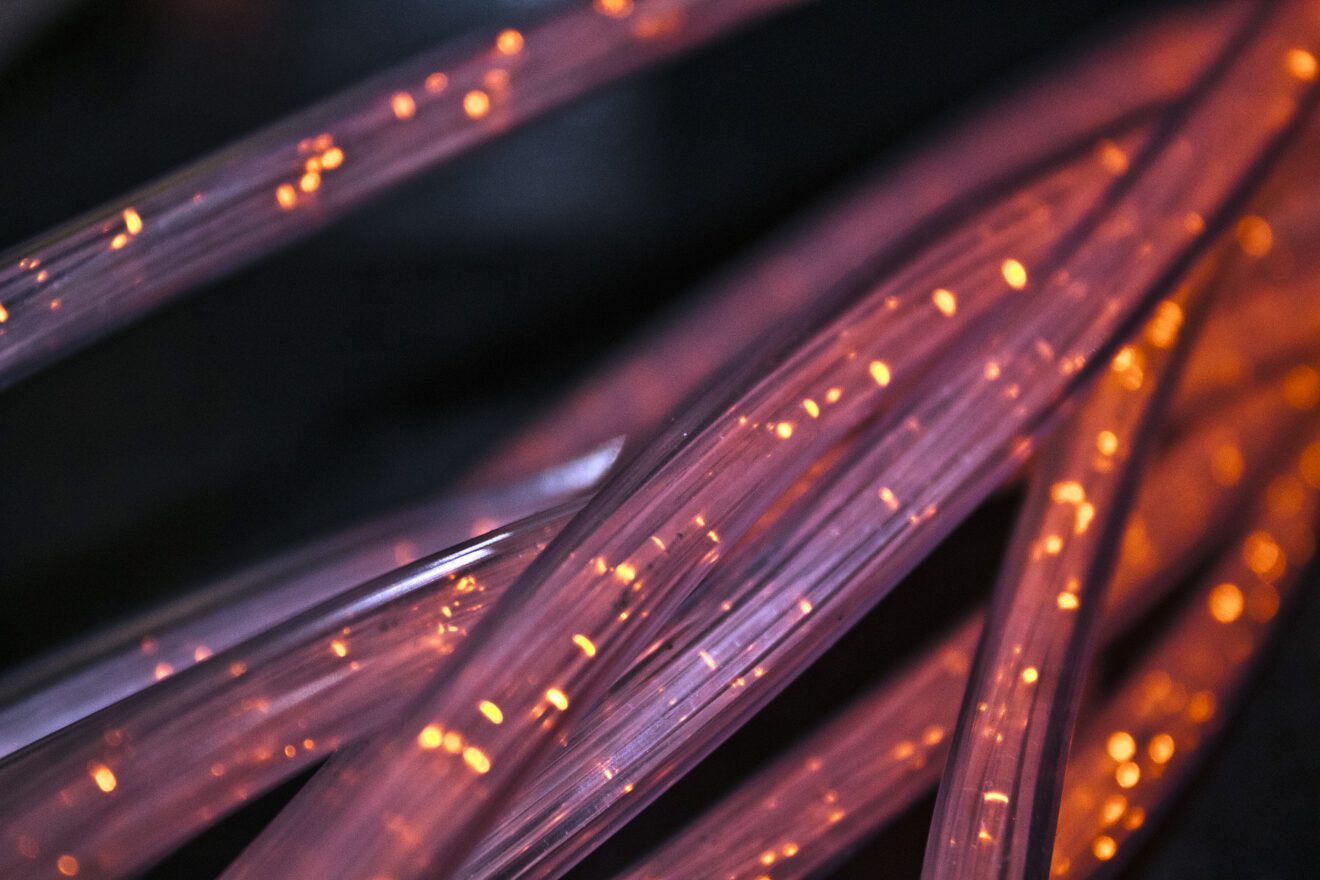This post is sponsored by Antronix.
The coronavirus pandemic has pushed the growth in broadband traffic almost a year ahead of projections, according to OpenVault. The company reported a 47% year-to-year increase in first-quarter broadband consumption, adding that use last month was on pace to exceed previous estimates for the entirety of 2020. Cable broadband providers must meet demand by expanding bandwidth, but they must do so cost effectively.
“The inevitability but prohibitive cost of deepening and expanding fiber optics means transmission devices are going to be essential to cable broadband service delivery for decades to come,” said Rob Crowe, field engineer at Antronix, a manufacturer of broadband devices and an expanding fiber optics portfolio. “Our role is helping providers determine the best ways to extend the life of their HFC networks.”
Challenges
MSOs face several challenges, though, including:
- Choosing the best options for each network to meet subscriber demands, density, existing infrastructure and available CAPEX
- Evaluating the risks and benefits of “to be developed” technologies
- Dealing with the impossibility of knowing what future inventions and services will demand
DOCSIS advancements offer pathways to boost upstream performance, but the number of anticipated activities means the cost will be off-putting over time.
“And, while the demand curve for upstream data capacity will continue to grow, no one is certain what will be required as iOT and P2P services flourish and transform usage profiles and behaviors,” Crowe said. “The Antronix eHFC platform provides the kind of flexibility and scalability that operators should be looking for in the face of that kind of unpredictability.”
10G and beyond
10G is the future and is expected to provide flexibility for greater efficiency and scalability. As networks evolve, more bandwidth is required for demanding services that require high speed, low latency and high availability. Achieving 10 gigabits per second will enable cable operators to stay competitive in the data delivery marketplace, as well as spark future innovation. While Antronix is developing products to ensure the 10G rollout becomes a reality, the company is also already thinking beyond 10G.
“Our eHFC devices and roadmap are examples of how we intend to help operators make the best use of the subscriber drop network and premise wiring while maintaining an uncompromising roadmap to 30 Gbps symmetrical data — which will be truly competitive with PON in the years to come. That is an important benchmark that takes operators beyond 10G,” Crowe said.
The pandemic spotlights bandwidth needs
The pandemic has led to a spike in learning and working from home as many families are physically distancing, which has highlighted a need to have bandwidth availability in residential areas.
The spike in usage “highlights the importance of being able to add that kind of access quickly,” Crowe said, touting Antronix’s eHFC platform’s rapid time to market and access.
“The Lancet’s FTTT design and ease of installation allows operators to finely target upgrades where needed without wide or costly network re-architecting, and even without entering subscriber premises,” he noted.
Technology advances from companies like Antronix will continue to help the cable broadband industry meet the bandwidth needs of their customers. And, as Crowe noted, “extending HFC networks’ reach to new service areas with our Inverse Fiber Amplifier is markedly more budget-friendly than with traditional RFoG FTTH.”
